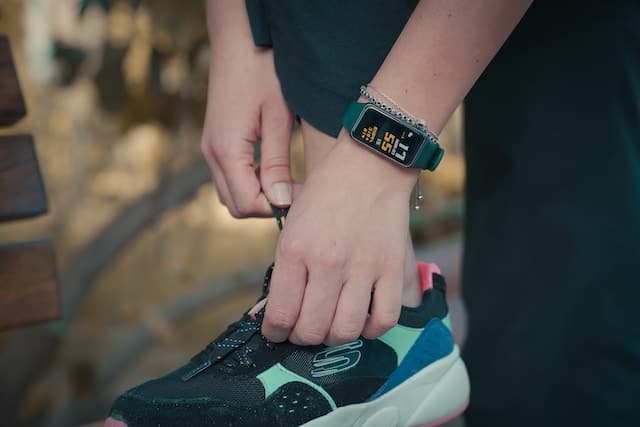Wearable medical devices are an emerging technology on the healthcare front, offering potentially life-saving benefits and insights into patient health. Despite their growing popularity, however, many people don’t truly understand how these devices work or what kinds of potential uses they may have. In this blog post, we’ll be diving into all things wearable medical devices to provide readers with a comprehensive guide about what makes them so valuable and how they could improve your quality of life. We’ll cover which types of conditions can be treated using wearables in addition to exploring the privacy concerns that come along with utilizing such intimate technologies. Read on for everything you need to know about wearables!

What are Wearable Medical Devices and their Benefits
Wearable medical devices are devices that are worn by individuals and are designed to monitor and track various aspects of their health. These devices can range from fitness trackers to blood glucose monitors and provide people with a better understanding of their health and well-being. The benefits of wearable medical devices are numerous, as they can help individuals track their physical activity, monitor their heart rate, and keep track of their blood sugar levels. These devices also allow healthcare professionals to monitor patients remotely and make more informed treatment decisions. Wearable medical devices are rapidly advancing and have the potential to revolutionize healthcare by making it more personalized and accessible. Hearing aids are another type of device that is often considered a type of “wearable medical device” due to their potential health benefits. Things like pairing your hearing aids with Bluetooth can be incredibly beneficial for individuals who are suffering from hearing loss. It can help them have a better quality of life and understand the world around them.
Different Types of Wearable Medical Devices
Wearable medical devices have revolutionized modern healthcare. These devices help patients monitor their health with continuous data collection, enabling doctors to provide more personalized treatment plans. There are different types of wearable medical devices designed to help patients with various medical conditions. One of the most popular types is the activity tracker, which helps people monitor their exercise and fitness goals. Others include blood pressure monitors, continuous glucose monitoring systems, and sleep monitors. With wearable medical devices providing real-time data, patients can take charge of their health and make informed decisions. These technologies have the potential to transform healthcare and improve lives around the world.
Potential Risks Involved with Wearing Wearable Medical Devices
As technology continues to advance, more and more people are turning to wearable medical devices to monitor their health. While these devices can certainly be helpful, it’s important to be aware of the potential risks involved. For example, if the device is not properly calibrated or doesn’t fit properly, it could provide inaccurate information that could lead to serious health problems. Additionally, if the device is not properly secured, it could fall off or become damaged, again leading to inaccurate data or even injury. It’s important to always use caution when using wearable medical devices and to work closely with a healthcare professional to ensure accuracy and safety.
Tips for Keeping Your Wearable Medical Device in Optimal Condition
Wearable medical devices have revolutionized healthcare by providing continuous monitoring and tracking of health parameters. To ensure their optimal performance, it is important to maintain them properly. Firstly, always follow the manufacturer’s instructions for usage and maintenance. Avoid exposing the device to extreme temperatures, water, or other liquids, as these can damage the device or affect its accuracy. Regularly clean the device using a cloth dampened with mild soap and water, and store it in a safe place when not in use. Keep an eye on the battery life and replace it as necessary. Lastly, it’s recommended to conduct regular check-ups with your healthcare provider to ensure your device is accurately tracking your health data. With these simple tips, you can ensure your wearable medical device functions optimally and serves you for the long haul.

Wearable medical devices are a revolutionary way to combine modern technology and health, offering unprecedented user-friendly access to health-tracking tools that empower consumers to take control of their healthcare. Although they come with potential risks that can’t be overlooked, the careful use and maintenance of these devices can ensure users get maximum benefits and protection. As such, it’s important for users to have answers to all their questions related to wearable technology before making any decisions. Ultimately, wearing a suitable device could give you greater insight into your health than ever before. Consider the features you need in a device then ask your doctor any remaining questions before you make the decision on which one is right for you. With this knowledge and experience, you can trust that you’re taking the necessary steps toward improved overall care.

